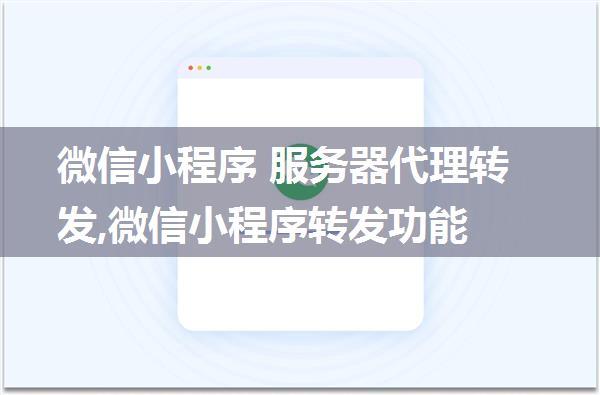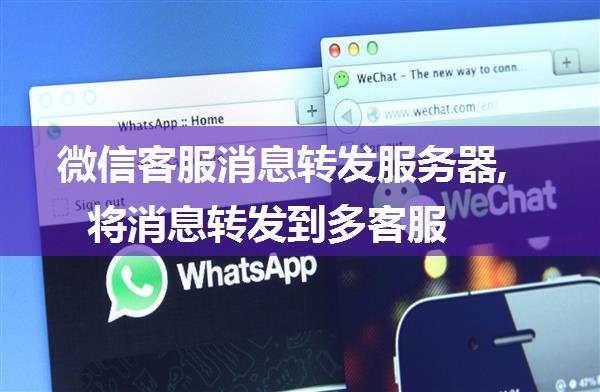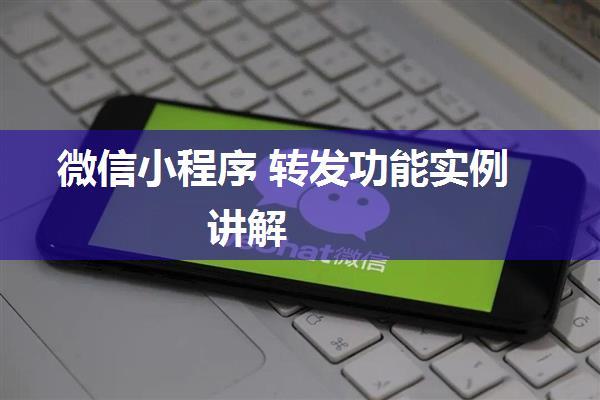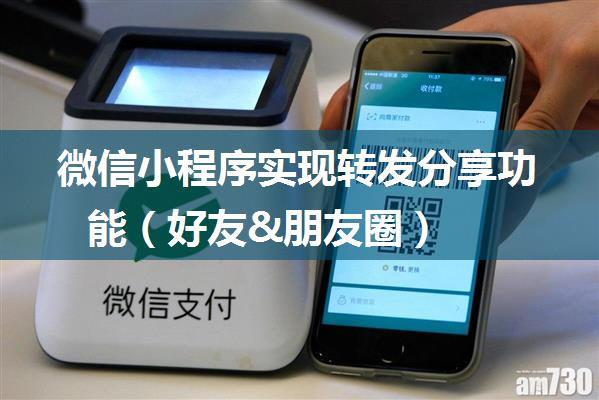I'd be happy to help you with that! ??When customizing the forwarding window in a WeChat public account, it can be challenging to determine whether the user has clicked "Cancel" or "Send". This is because both buttons have similar behaviors and appearances. In this answer, I'll provide a detailed explanation of how to differentiate between these two actions.
Understanding the WeChat JavaScript Bridge
Before diving into the solution, let's briefly introduce the WeChat JavaScript Bridge (WeixinJSBridge). It's a powerful tool that enables developers to interact with WeChat's native features and APIs. The bridge provides various events and methods for handling user interactions, such as menu clicks.
Event Handling in WeixinJSBridge
When a user interacts with your public account, the WeixinJSBridge emits specific events that you can listen to. For example, when a user clicks on the "Send" or "Cancel" button in the forwarding window, the bridge emits the `menu:send` and `menu:cancel` events, respectively.
To capture these events, you need to register an event listener using the `on()` method provided by the WeixinJSBridge. Here's an example:
```javascriptWeixinJSBridge.on('menu:send', function() {
// User clicked "Send"
});
WeixinJSBridge.on('menu:cancel', function() {
// User clicked "Cancel"
});
```
Determining Whether the User Clicked "Cancel" or "Send"
Now that you know how to handle events, let's focus on determining whether the user has clicked "Cancel" or "Send". One approach is to use a combination of event handling and state management.
Here's an example implementation:
```javascriptvar sendButtonClicked = false;
WeixinJSBridge.on('menu:send', function() {
sendButtonClicked = true;
});
WeixinJSBridge.on('menu:cancel', function() {
if (sendButtonClicked) {
// User clicked "Send" and then canceled } else {
// User clicked "Cancel"
}
});
```
In this example, we maintain a boolean flag `sendButtonClicked` to track whether the user has clicked the "Send" button. When the user clicks the "Send" button, we set `sendButtonClicked` to `true`. If the user then cancels the forwarding process, we can check the value of `sendButtonClicked` to determine whether they originally intended to send the content.
Additional Tips and Considerations
1. Use a timeout: To avoid issues with event handling, consider setting a timeout for the forwarding window. This ensures that the events are processed correctly even if the user takes some time to make their decision.
2. Handle multiple clicks: In rare cases, users might click both buttons rapidly. To handle this scenario, you can add additional logic to check whether the `sendButtonClicked` flag has been set before processing the "Cancel" event.
3. Consider using a confirmation dialog: If you're concerned about the user's intentions or want to provide an extra layer of confirmation, consider displaying a confirmation dialog after the user clicks the "Send" button. This can help prevent accidental cancellations.
Conclusion
In this answer, we've explored how to determine whether a user has clicked "Cancel" or "Send" in the forwarding window of a WeChat public account. By using event handling and state management techniques, you can effectively differentiate between these two actions and provide a better user experience for your audience.





